
Burnout is a common problem that occurs when an athlete experiences physical, mental, and emotional exhaustion due to the demands of their sport. It can manifest in various ways, such as decreased motivation, poor performance, and physical injuries. Burnout is a serious concern in the world of sports, as it can lead to the end of a career or even a lifelong impact on one's health.
There are several factors that can contribute to burnout, however it all seems to lead back to one root source: overtraining. Overtraining is unfortunately very common across all sports, and can lead to a host of detrimental effects that can eventually culminate in burnout, including fatigue, increase in negative emotions, poor sleep, decreased motivation, decreased performance, and injury.
According to a study by the Kansas Journal of Medicine measuring burnout in NCAA Division I athletes, levels of burnout are significantly increased in athletes with previous injury, overuse injury, or prolonged injury. Why? When an athlete sustains an injury, they often need to take a break from training to allow their body to heal. However, this time off can easily lead to both physical and mental burnout - physically, there can naturally be a loss of conditioning and a consequent decrease in performance, while mentally there can often be a loss of motivation and general decrease in mood as a result of the inability to train, compete and be with their teammates.
As with any problem, addressing the root cause should be the first step in resolving the issue. Therefore, attacking the issue of overtraining in the case of burnout is ultimately the most logical and effective course of action. That’s where the Boost microgravity technology comes in, and like the age-old analogy says: it’s like killing two birds with one stone. By allowing athletes to offload a percentage of their body weight, it effectively removes additional stress on the bones and joints which can reduce the effects of overtraining while simultaneously decreasing the risk for injury. For example, healthy athletes - and especially those who are injury-prone - can use the Boost as a preventative measure, incorporating easy recovery runs or even workouts on the Boost to facilitate faster and more efficient recovery. As a result, chances of burnout can be minimized and possibly avoided altogether. Not only can it allow athletes to recover better, it can also allow injured athletes to continue training while minimizing impact on the injured area, effectively helping to maintain fitness and mental focus as they recover and ultimately come back from injury quicker. On top of that, it can also provide the added benefit of a change in scenery and routine, which can help keep motivation levels high while reducing feelings of boredom or monotony.
It’s becoming more and more clear that athlete burnout is a serious concern that needs to be addressed at all levels of sport, and the Boost Microgravity Treadmill is a powerful tool that can be used to help prevent it. By allowing athletes to train harder and longer while minimizing the impact on their bodies, our innovative machine can help athletes to maintain their performance and achieve their goals without risking injury or burnout.

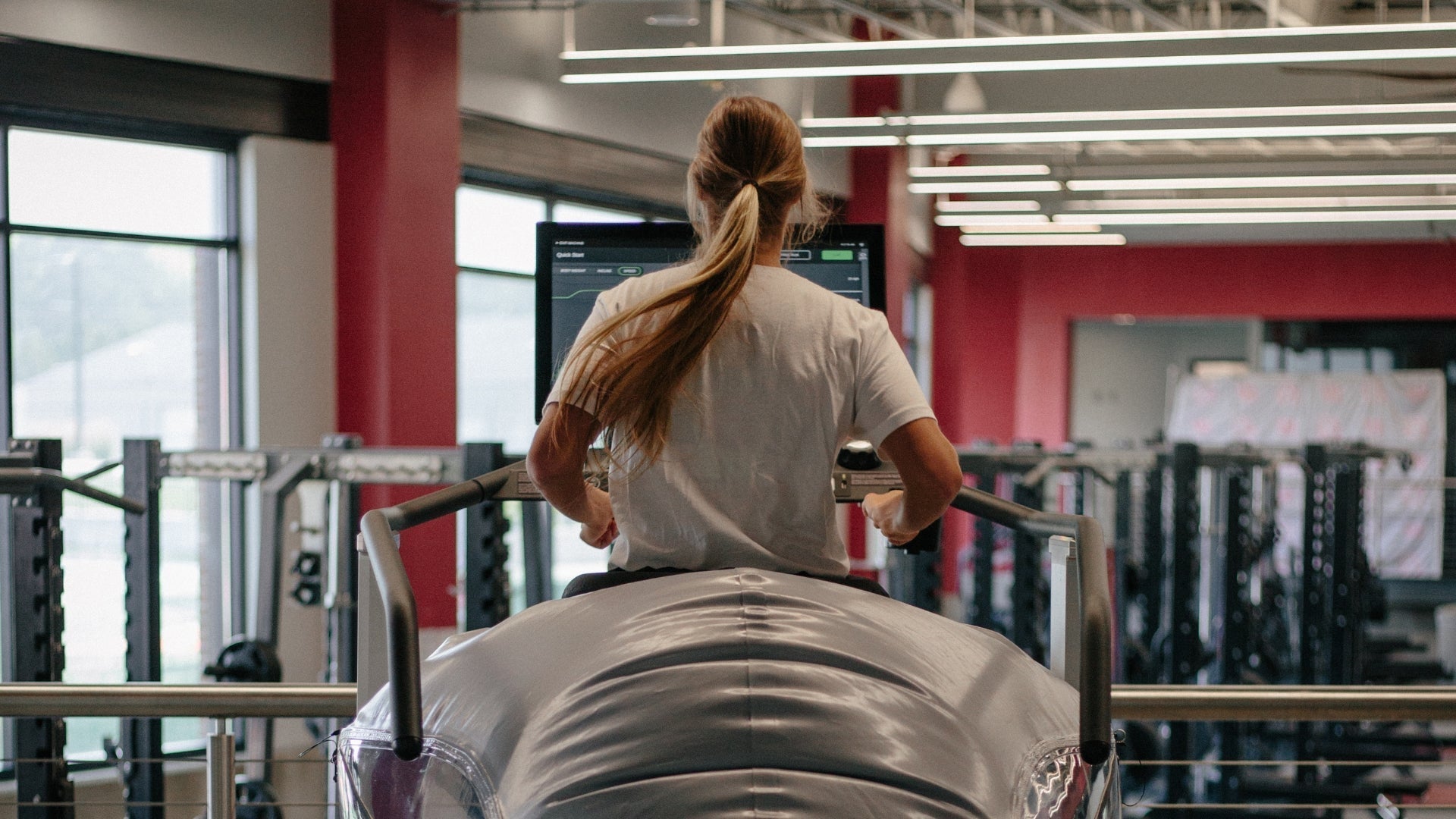
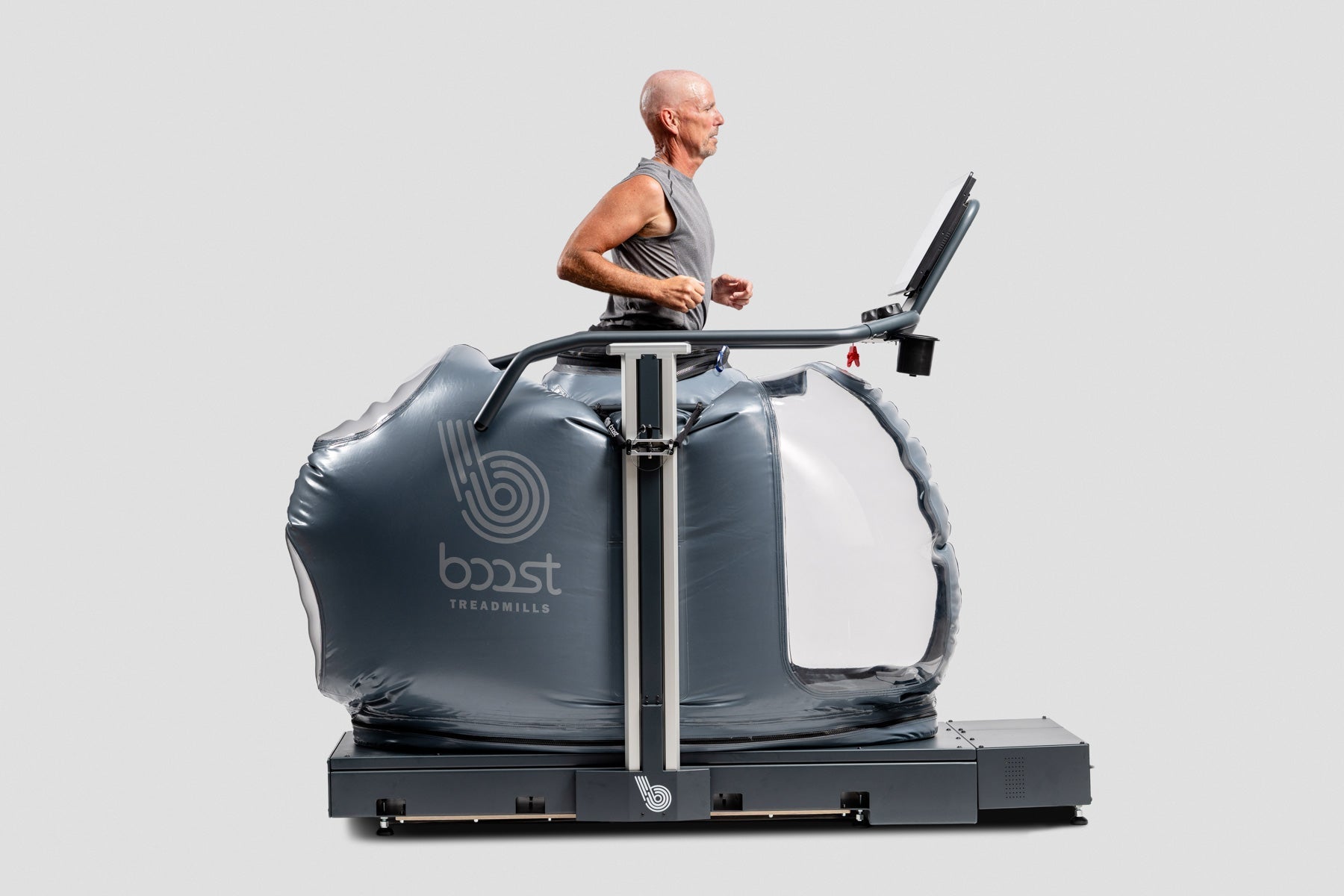
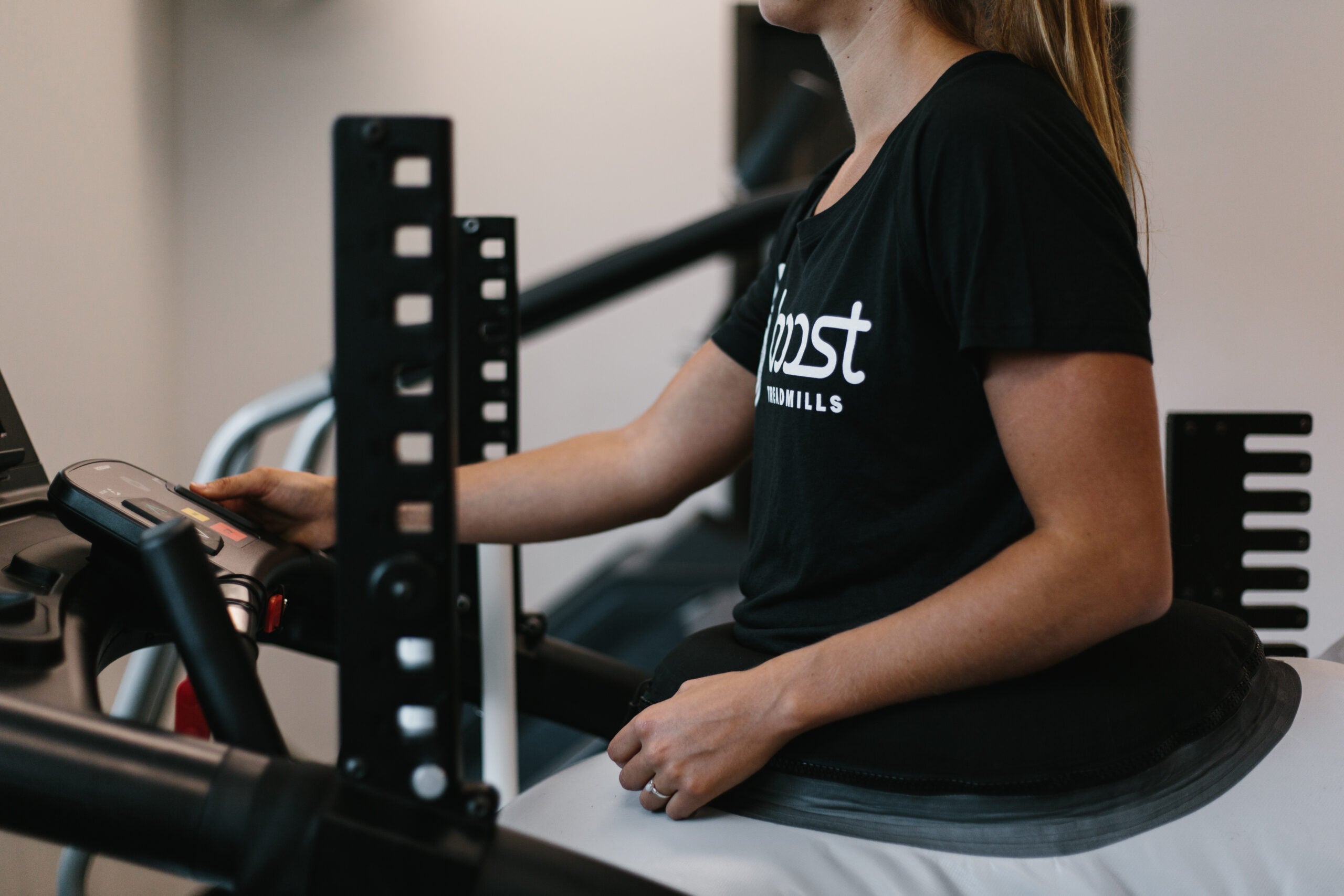
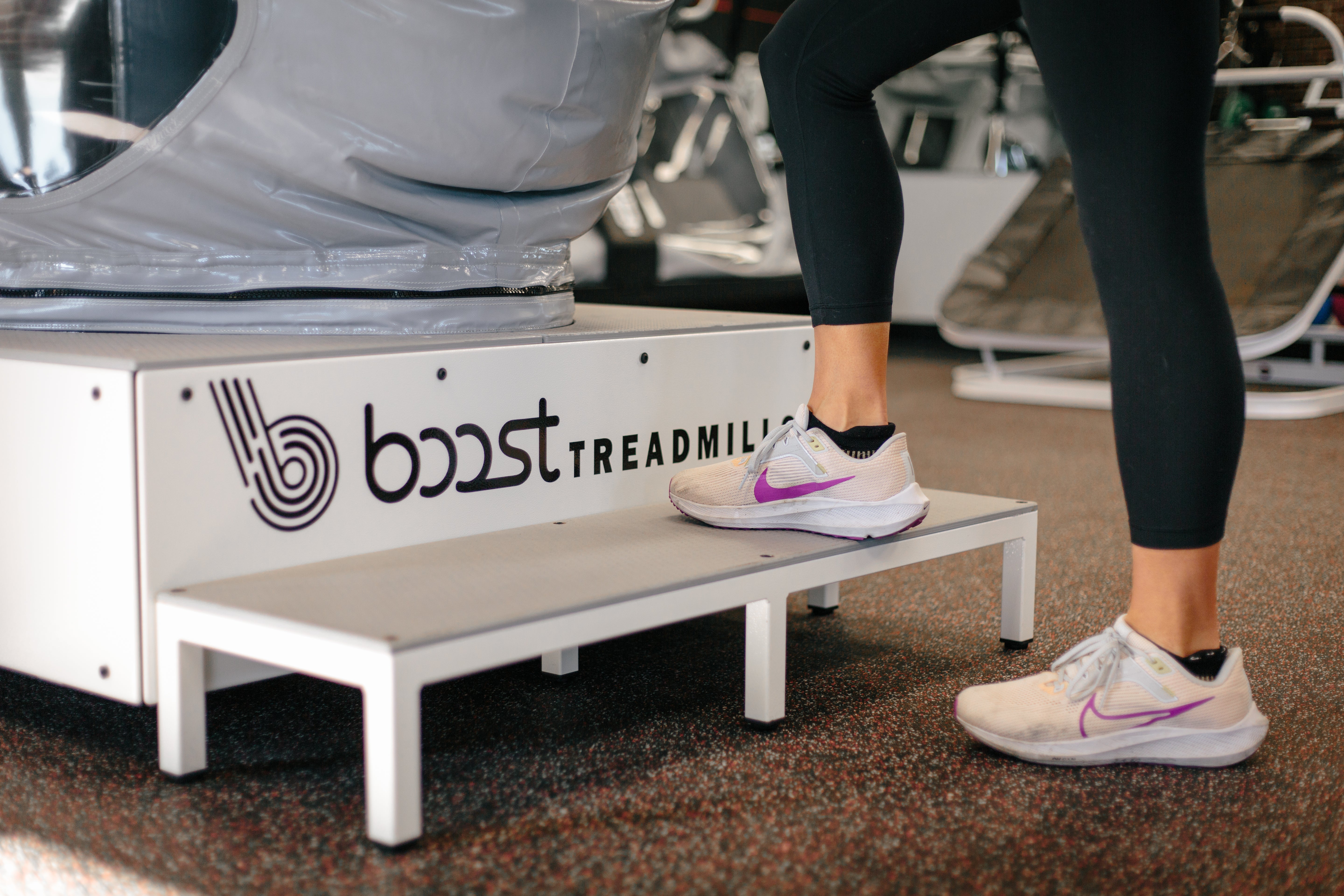

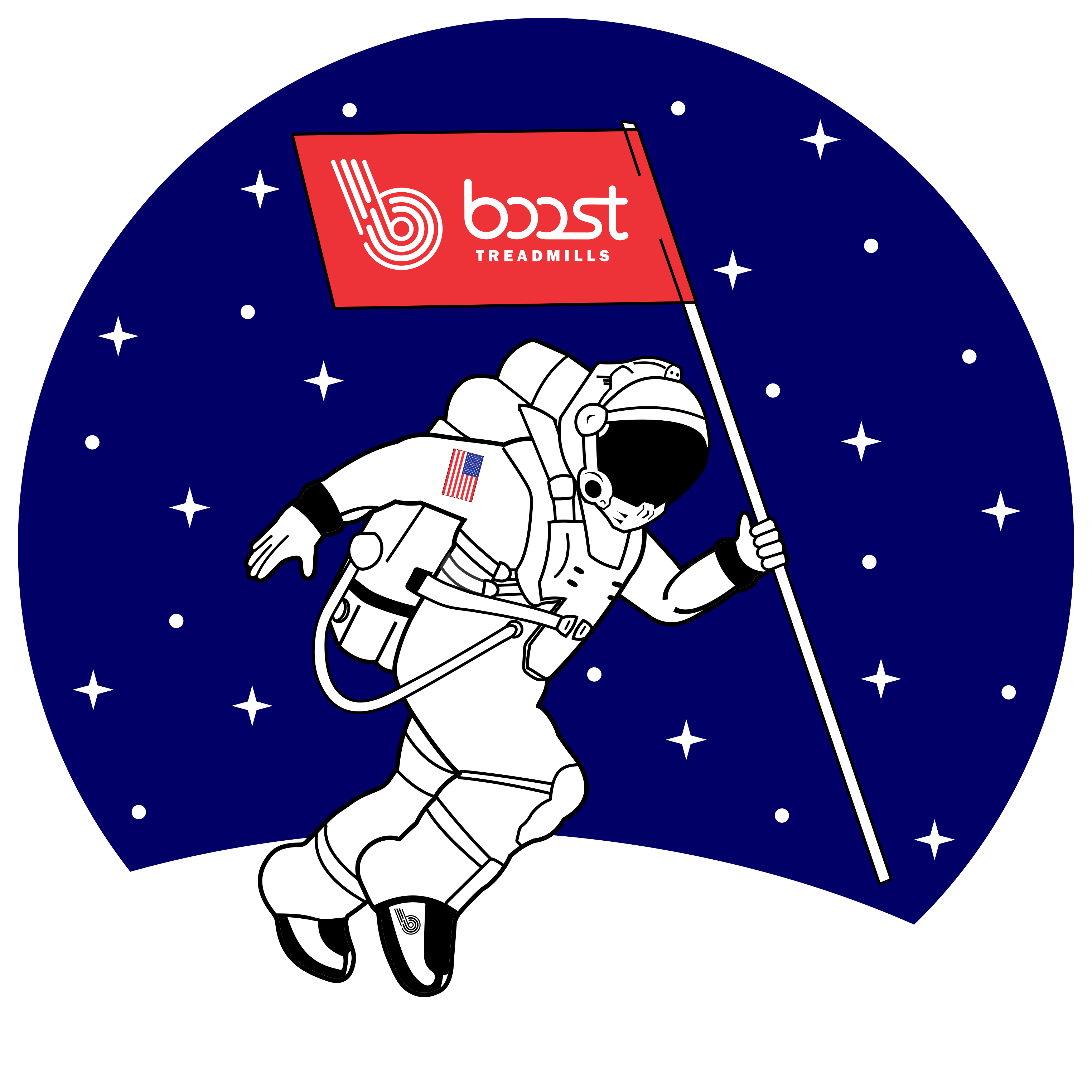
Your Clinic & The Boost: Taking Physical Therapy to the Next Level
How it Works: The Science Behind Microgravity Treadmills